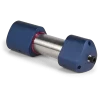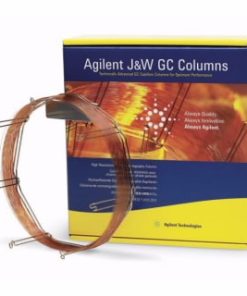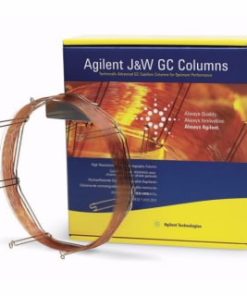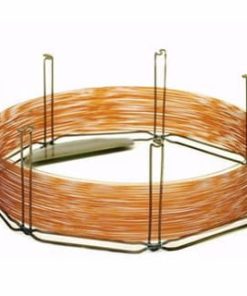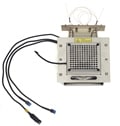Luna 5 µm PFP(2) 100 Å, LC Column 150 x 4.6 mm, Ea
Бренд: Phenomenex
«`html
Long Column Lifetimes and Excellent Performance
Ultra-pure, metal-free silica (99.99 % purity) is the backbone of all Luna material. The resulting high quality particles have a surface smoothness, pore structure, and pore consistency to ensure a more uniform particle shape and greater reproducibility.
Superior Particle Smoothness
Agilent Technologies® ZORBAX® 5 µm SB-C18
Waters® Symmetry® 5 µm C18
Phenomenex Luna 5 µm C18
4 Mechanisms of Interaction
Luna® PFP(2) columns provide unique selectivity for highly polar compounds, complex natural products, isomers and other closely related compounds. This is achieved by using a propyl linked pentafluorophenyl, which provides multiple retention mechanisms unique to typical reversed phase medias.
- Hydrogen Bonding
- Dipole-Dipole Interactions
- Aromatic and π-π Interactions
- Hydrophobic
A typical alkyl phase (C18‚ C8) achieves selectivity through only 1 mechanism of interaction.
Isomeric Compounds
Positional Isomers of Methylacetophenone
Positional changes on an analyte of interest may effect the compound’s dipole moment. This change can be readily seen by the way the highly electronegative fluorine (F) atoms and other retention mechanisms of the Luna PFP(2) are able to separate positional isomers.
The high efficiencies and bonded phase surface coverage provide for sharp peaks The C 8 columns are generally better hydrogen bond acceptors, and better for acidic compounds.
Luna 3 µm PFP(2)
Conditions same for both columns:
|
Column:
Luna 3 µm PFP(2) Luna 3 µm C18(2)
|
|
Dimensions
150 x 4.6 mm
|
|
Part No.:
00F-4447-E0 00F-4251-E0
|
|
Mobile Phase:
Water/Methanol (50:50)
|
|
Flow Rate:
1 mL/min
|
|
Temperature:
22 °C
|
|
Detection:
UV @ 254 nm
|
|
Sample:
1. o-Methylacetophenone
2. m-Methylacetophenone
3. p-Methylacetophenone
|
«`

